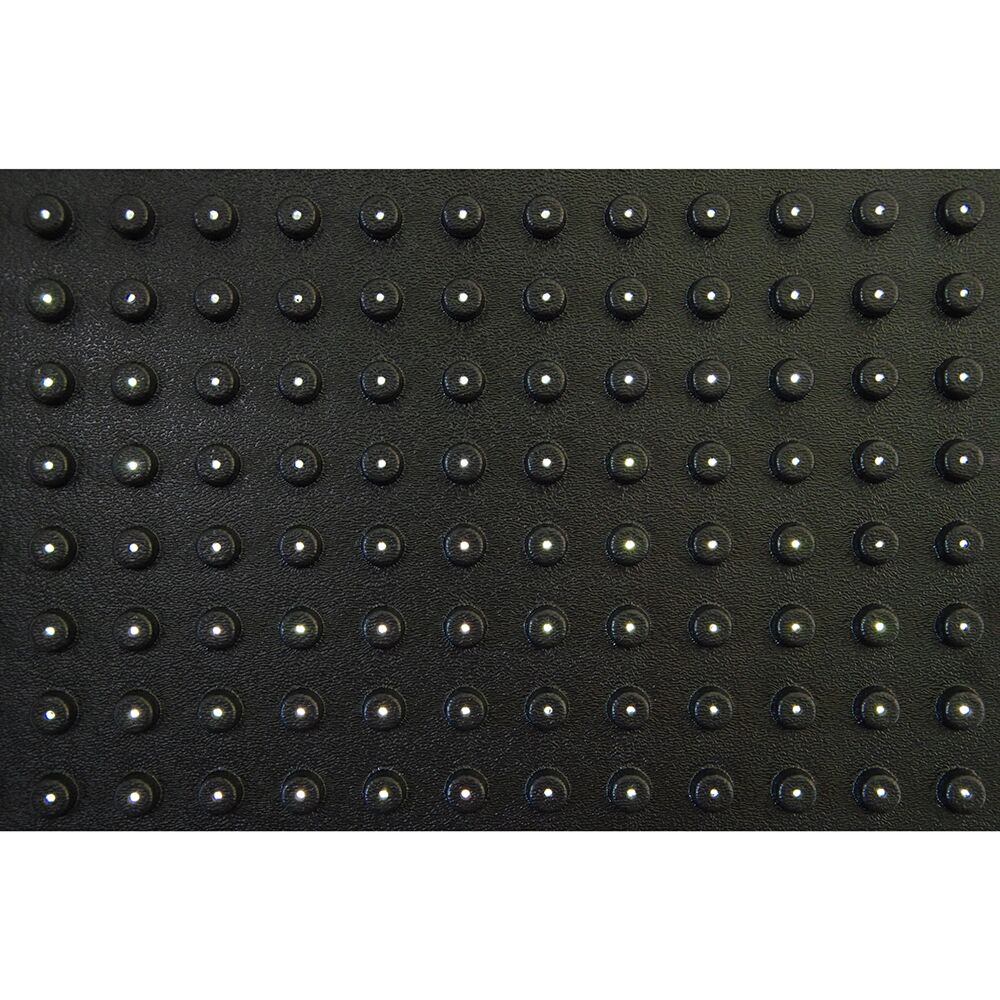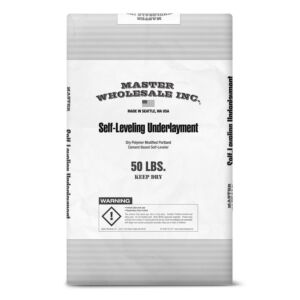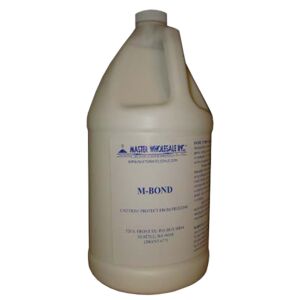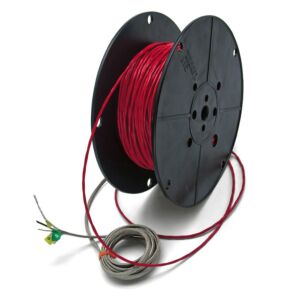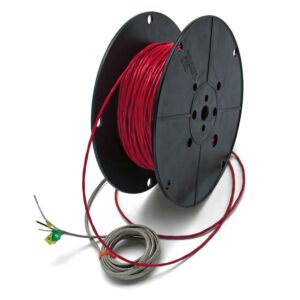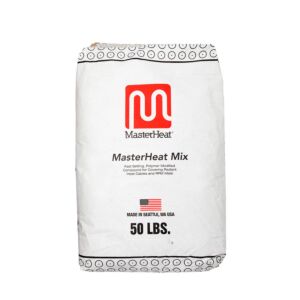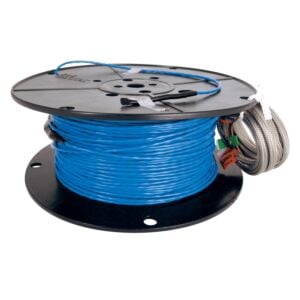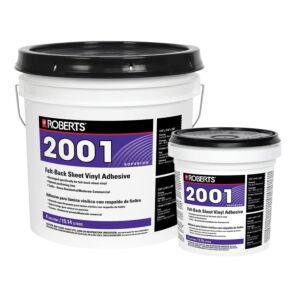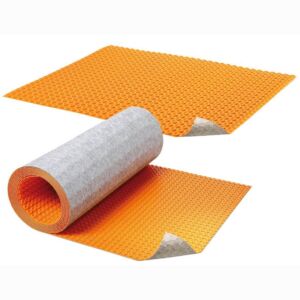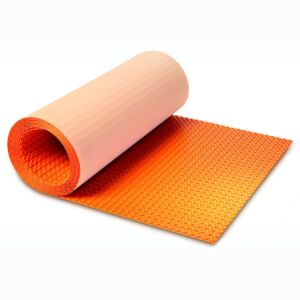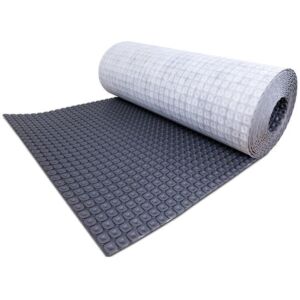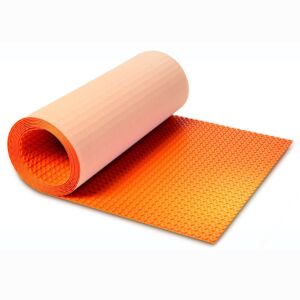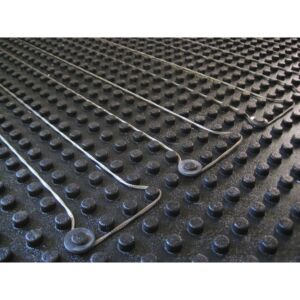RPM-V1 Radiant Positioning Mats for Electric In-floor Heating - 20" x 44"
Brand: CMX Radiant Corp
Availability: Sold in Store - Ships from Store or Factory (431 available in store). (More Info)
Shipping: Standard (More Info)
The V1 Radiant Positioning Mats feature a vented design which allows air to reach the vinyl adhesive below, across the entire area of the mat, by incorporating a small hole thru the top of every stud. This venting system allows the RPM-V1 Mats to breathe which accelerates the dry time of the adhesive. One benefit of the design offers the user the ability to install the rpm over a wood substrate without having to use staples. Another benefit and biggest cost savings of the RPM-V1 is it allows the mat to be installed over concrete using the same inexpensive vinyl adhesive currently recommended for the installation over wood.
RPM V1 Mats Features:
- Install directly over plywood or concrete.
- Prime with a water-based, latex self-leveling primer, and fill with a self-leveling or trowelable underlayment (Master Wholesale stocks these products from a variety of vendors)
- Over plywood the RPM mats replace a cement or fiber backerboard.
- Over concrete the RPM mats insulate the substrate and allow the heat cables energy to be directed toward the surface rather than heating the concrete slab, thus making it more energy efficient and maximizing the heat on the flooring surface.
- Cut quickly and easily using a razor blade to score and snap.
- The cable is unspooled directly into the RPM mats, below the installers feet, minimizing the risk of the cable getting damaged during installation.
- Stud spacing configured to allow the cable to be installed at 2in., 2.5in., 3in. or any desired spacing.
- Rubber grommets keep the cable in place during install and allows for a quick installation or re-positioning of the heat cable. (sold seperately)
- A cement leveling material is poured into the RPM mats and the top of the studs are used as the screeding surface.
- The mats being made of plastic and the grommets being made of rubber eliminates the risk of the heat cable grounding out to any metal strapping or clips.
- In the event a portion of the flooring needs to be removed, the heat cable stays protected from any flooring removal tools, greatly reducing the risk of damage to the heat cable.
RPM V1 Size:
- 5/16in. stud height
- 20" Width x 44" Length
- One mat covers 6.11 sq.ft
Downloads:
| SKU | RPM V1 |
|---|---|
| UPC | 799456732602 |
| Non-Returnable | No |
| Manufacturer | CMX Radiant Corp |
| Manufacturer Part Number | RPM V1 |
| Weight (lbs.) | 18.00 |
| Dimensions (L x W x H) | 20" x 44" x 5/16" |

